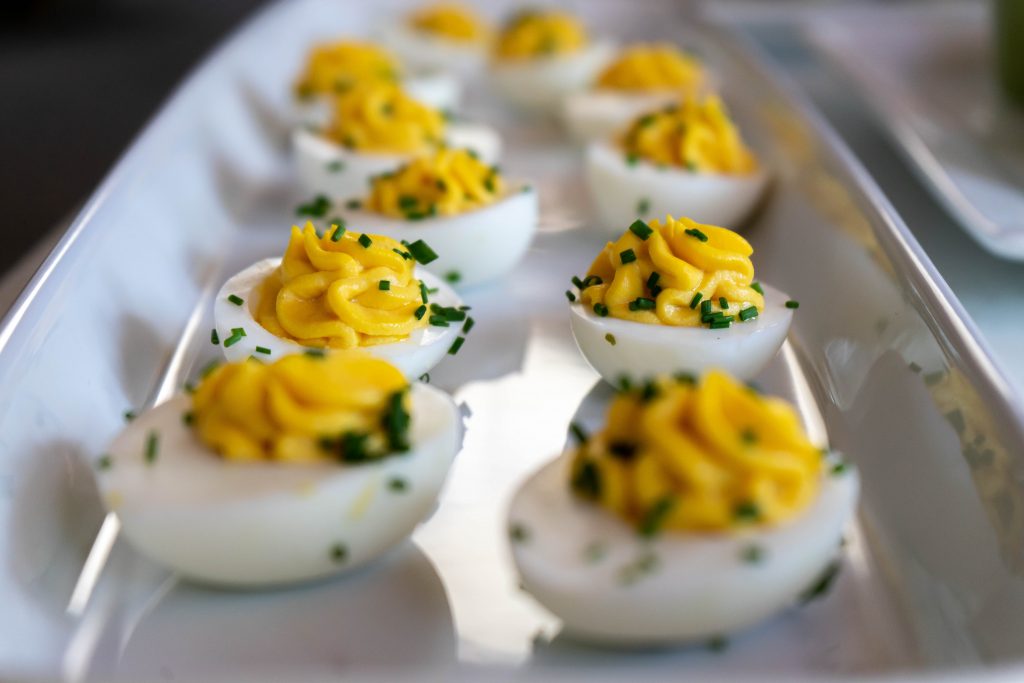Written by: Audrey Carver, CAICE 2021 Summer Science Communication Fellow
Upon first learning about the research topic of the CAICE subgroup called: Cloud Condensation Activity and Aerosol Hygroscopicity: Surface Tension, Chemical Composition, and Oxidative Processing, I will admit that I did not understand a single word of even the title.
Thankfully, project lead, and graduate student at UC San Diego, Ryan Tumminello is accustomed to explaining his work.
“Basically, we are studying the physical and chemical properties behind cloud formation and particle water uptake.”
“My personal work is to look at the phase changes of Sea Spray Aerosols (SSA), meaning their transformation between liquid and solid.” Understanding and being able to predict the phase state of sea spray aerosols is important for a variety of reasons.
For one, the phase state of an aerosol particle affects its chemical reactivity in the atmosphere. The more liquid, the more easily permeable the aerosol, and the more likely it is to oxidize or transform. This means more liquidy particles will react and change quickly, whereas more solid particles can travel farther without interference.

This matters to the environment and public health because anthropogenic pollutants and toxic chemicals can piggyback onto solid particles and be dispersed over long distances.
Solid particles are also more effective as Cloud Condensation Nuclei (CCN), the particles that water droplets adhere to to form clouds. Understanding and being able to predict the presence of CCNs lends to a more accurate understanding of the region’s climate and more accurate climate modeling.
Especially since, as Ryan points out, aerosols are not as well understood as other climate factors like greenhouse gasses. Improving our understanding of them is crucial to improving our understanding of the environment and how it will change.

Climate changing aerosols begin when particles like fatty acids, sugars, and salts that exist at the surface of the ocean are released into the air from movement of the sea and wind.
But whether they are solid, liquid, or somewhere between, depends on many factors. One is biological activity: bacteria break down phytoplankton, and the contents of their cell walls and hard parts become solid SSAs.
Tumminello and his colleagues are creating models and testing these theories in the lab by inducing phytoplankton blooms, using real seawater, and creating real wave patterns in the SeaSCAPE experiments in the wave flume facility in the hydraulics lab at Scripps Institution of Oceanography.
This science, in combination with the larger framework of CAICE research and modeling teams, has broad implications for human health and climate. Something as abstract and small as subtle differences in sea spray aerosol particles can help us understand air quality, pollution, health risks, and the changing climate.
So, after talking to Ryan for almost an hour about his research, I asked how it is that he usually explains something so complex and important to people without a background in science.
He thinks for a moment. “Last thanksgiving, my parents and grandmother asked me what I did right as we sat down to dinner. I gestured to the deviled eggs on my plate, and stabbed it with my fork.
‘This egg represents a particle in the atmosphere’, I said. ‘The white is pretty solid, and the fork, which could be any other particle, can’t get through very easily. The yellow, though, is pretty liquid, and the fork can really do anything that it wants’.

My parents nodded, and my grandmother looked at her own egg , slightly concerned. I think that is the best way to think about our work”. I pause for a moment and consider all of this new climate information in the context of our staple Thanksgiving snack.

